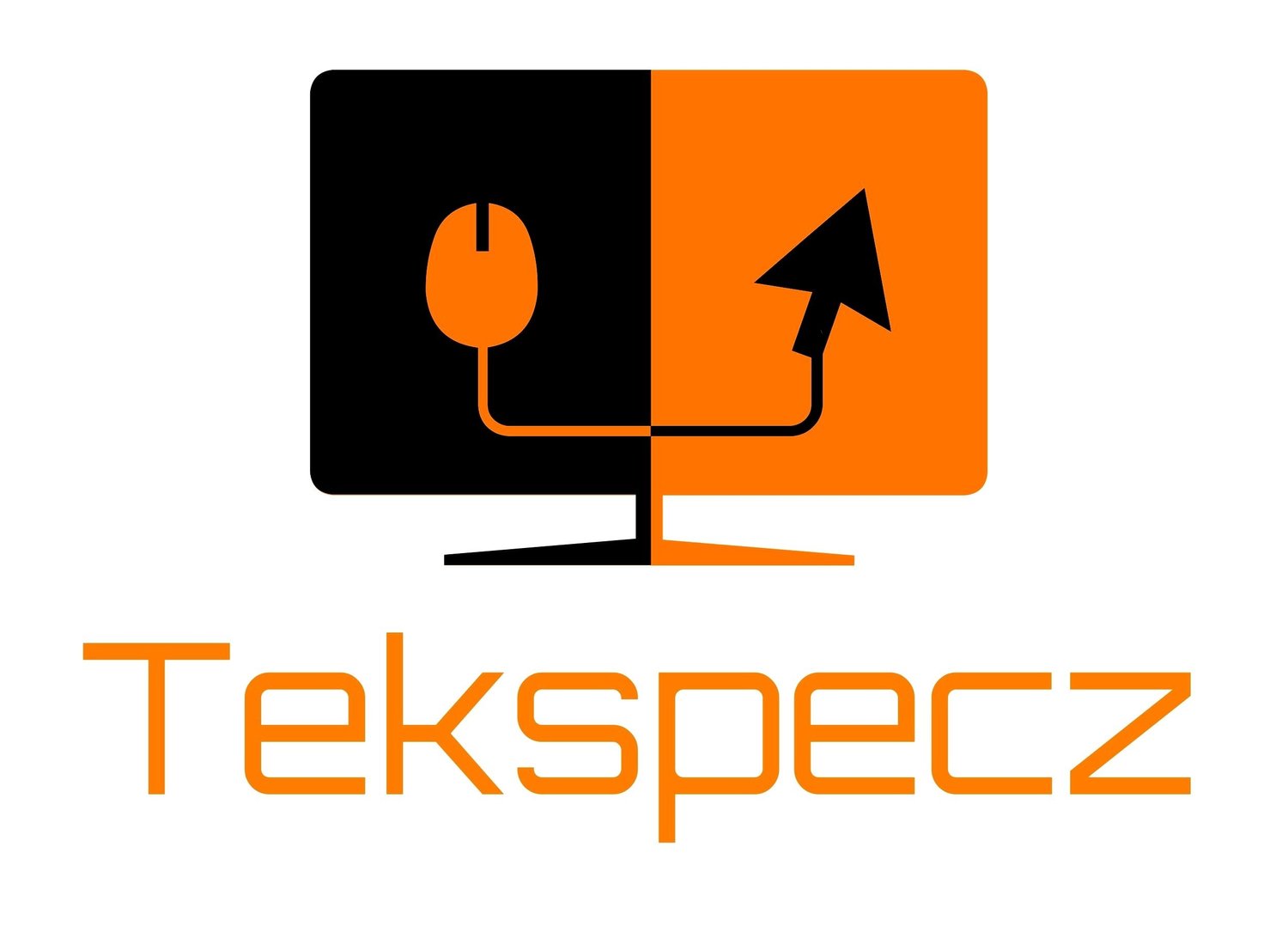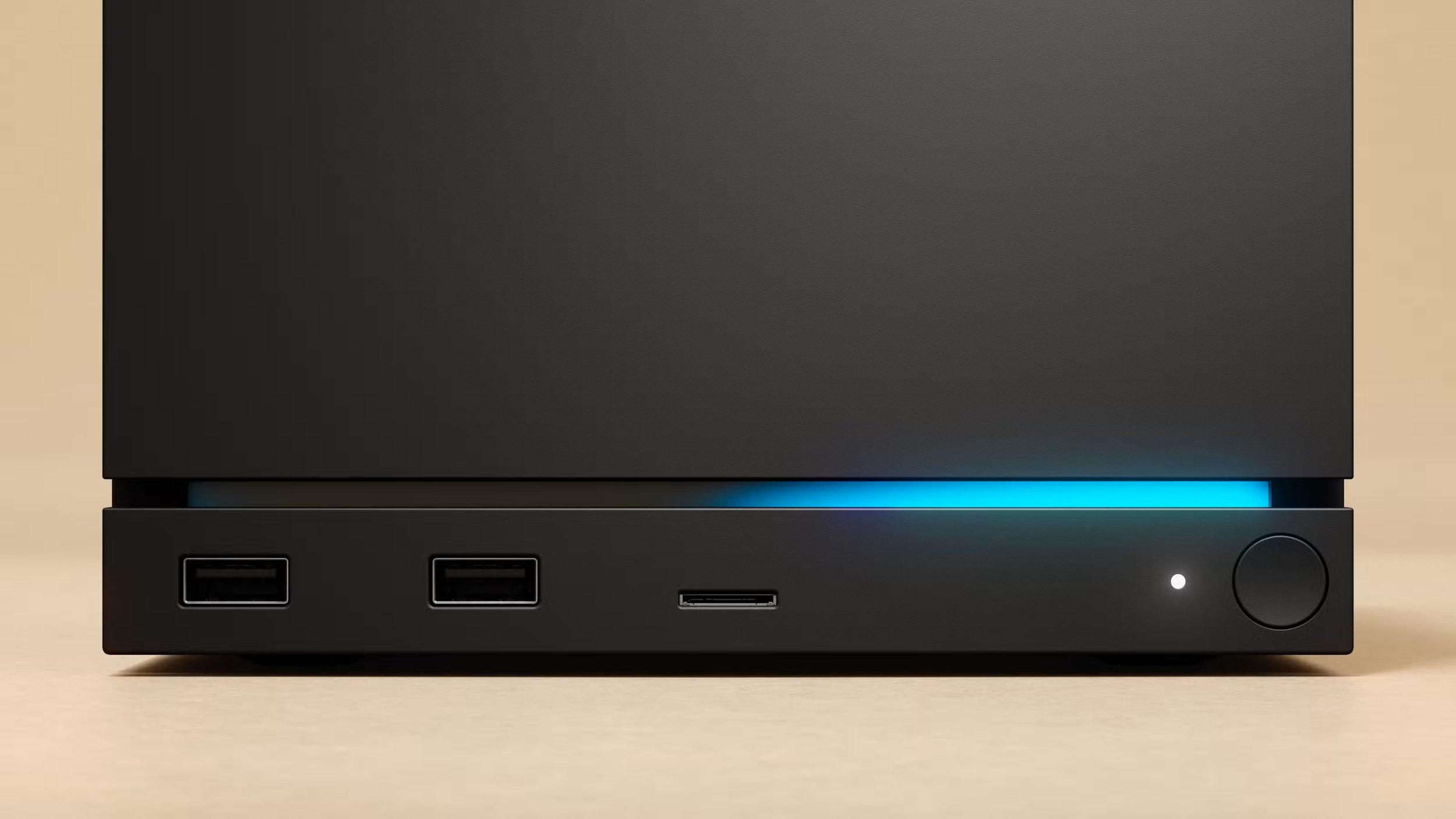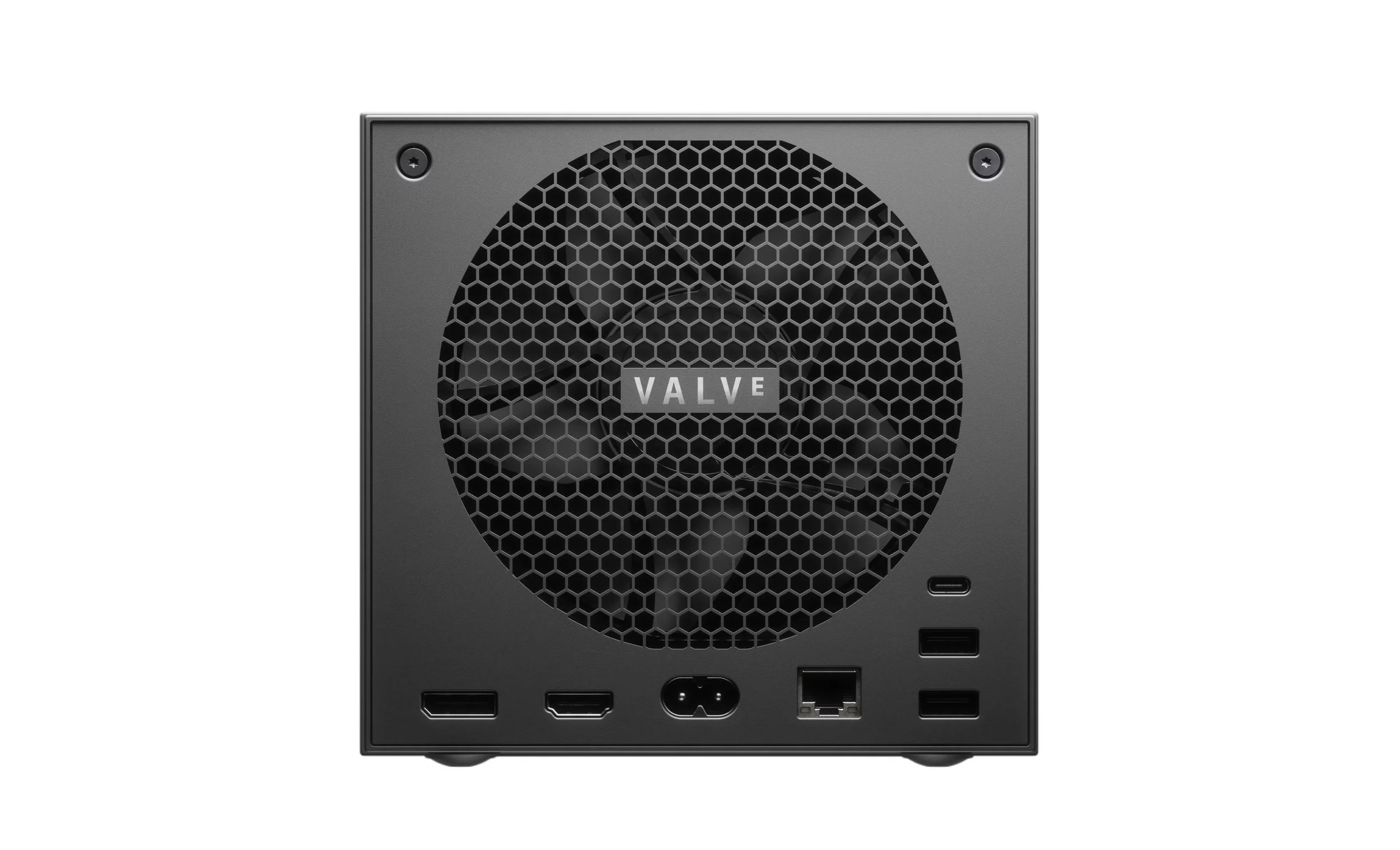The Late Edition: Here's Everything you Need to Know About Valve's Steam Machine Gaming Console
The Steam Machine is a console-style gaming device designed to run SteamOS, combining the flexibility of a PC with the simplicity of console performance. Although it flopped significantly when launched in 2015, it is now making a comeback in 2026. The new version features a more refined vision aimed at enhancing its initial reception. I'm intrigued to see how this revival will be received by gamers this time around.
Without further ado, here is everything you need to know about Valve's Steam Machine gaming console.
So, What Exactly Is the Steam Machine?
The Steam Machine (created by Valve) is a small-form-factor gaming PC designed to run SteamOS, a Linux-based operating system optimized for gaming. Valve's goal is to offer a console-like experience for PC gamers, bridging the gap between living room consoles and desktop gaming rigs. The design, or form factor, is sleek and made specifically for Plug-and-Play use with TVs and gaming controllers.
The First Gen Iteration in Comparison to the Second Gen Model
The first-generation version was launched on November 10, 2015 (ten years ago), with multiple vendor-made models, including the Steam controller, running on Linux-based SteamOS. The second-generation model is expected to be released in the first quarter of 2026. The Valve-designed hardware will be more advanced, having an RDNA3 GPU, FSR4 support, and a more refined SteamOS.
The Hardware Specification in Depth
Speaking of hardware, Valve's Steam Machine will feature an AMD Ryzen CPU, paired with an RDNA3 GPU supporting FidelityFX Super Resolution 4 (FSR4) for enhanced visuals, providing full 4K support. On the storage front, the Steam Box will feature an NVMe SSD, which will provide fast load times. Much like the PS5 and PS5 Pro, the Steam Machine will support HDMI 2.1, USB-C, and Wi-Fi 6E. The controller has been updated, featuring haptic feedback and improved ergonomics.
The Operating System Better Known as SteamOS
The Steam Machine's (Linux) Debian-based operating system is optimized solely for gaming. The Steam Big Picture Mode user interface within the operating system will provide users with a console-like navigation experience. Interestingly, some consoles will support Windows in addition to SteamOS. The Game Library will grant users full access to thousands of Steam titles, with increased compatibility thanks in part to Proton (Valve's compatibility layer for Windows games).
Why exactly did The First Steam Machine flop
Fragmentation is a significant reason the first-generation Steam Machines flopped. Various influxes of hardware vendors led to inconsistent performance and pricing. In addition, there was limited game support. SteamOS often lacked compatibility with many popular Windows games. The confusing messaging led consumers to misinterpret the distinction between Steam Machines and standard gaming PCs.
Why the Steam Machine 2026 May Actually Succeed
Valve is currently enjoying a successful run with the Steam Deck, thanks to its refined hardware and OS strategy. The handheld gaming console’s unified design alone has enabled Valve to focus solely on improving hardware, thereby avoiding fragmentation. An updated Proton and SteamOS will allow more games to run smoothly on Linux. In addition, competitive pricing may undercut consoles like the Xbox Series S while offering PC-level flexibility.
My Final Thoughts..
With Valve's successful handheld gaming console, don't expect the Steam Machine to be a failed experiment. The strategic push into living room gaming may prove to be successful. Learned lessons from past failures, the 2026 version could finally deliver on the promise of a console-PC hybrid.






